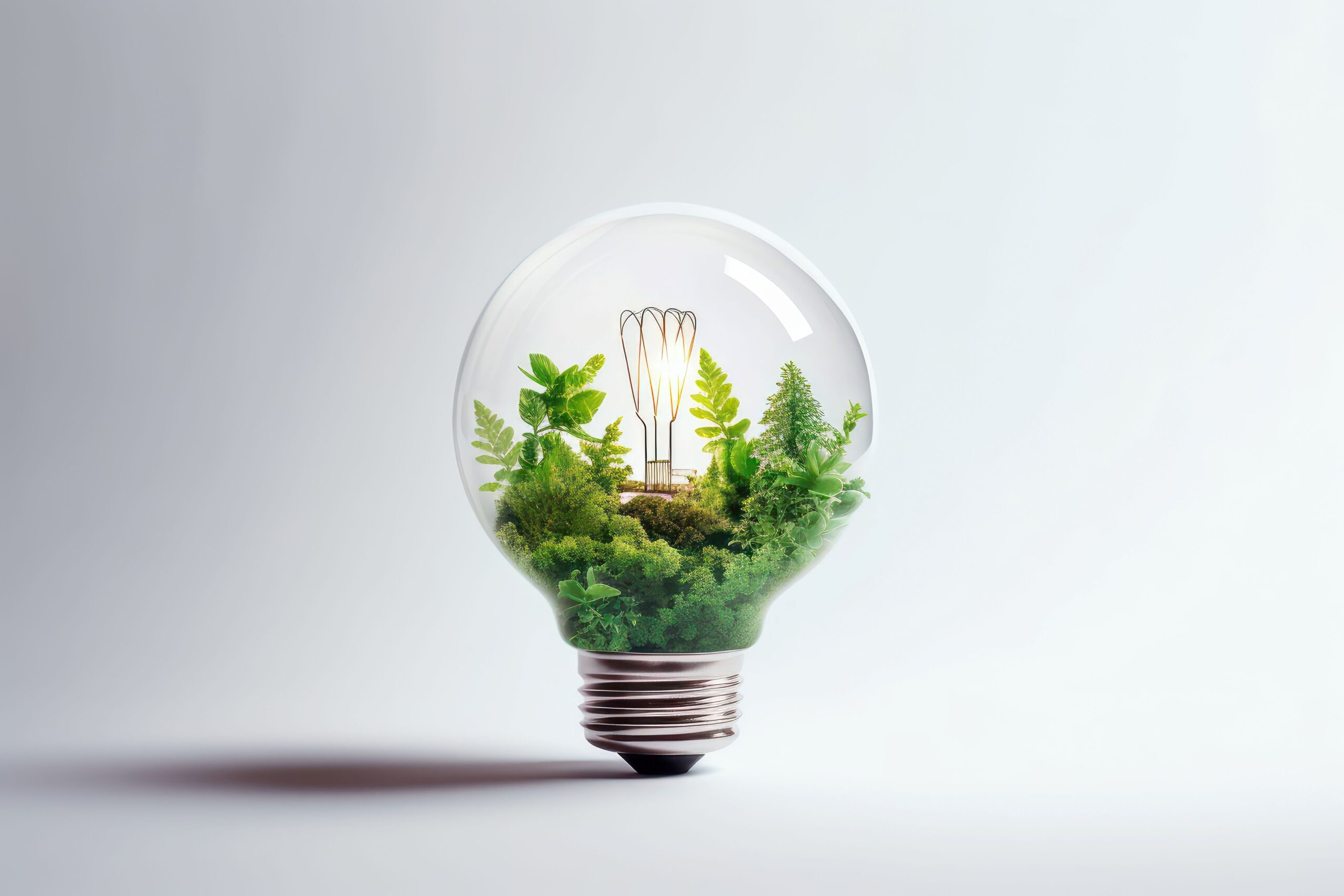Author: Steve Nuttall | Posted On: 18 Sep 2024
As Australia navigates the global transition to a low-carbon economy, recent Government reports shed light on the country’s evolving energy landscape and emissions reduction efforts. Let’s dive into the key findings from the Australian Energy Update 2024 and the Emissions Reduction Plan to understand where we stand and where we’re transitioning to.
energy consumption on the rise
After three years of decline, Australia’s energy consumption grew by 2% in 2022-23, reaching 5,882 petajoules. This increase was primarily driven by a rebound in transport sector energy use, which grew by 12% as air and road travel recovered post-COVID restrictions. However, it’s worth noting that overall energy consumption remains 5% below the historical peak reached in 2018-19.
renewable energy reaches new heights
The renewable energy sector continues to be a bright spot in Australia’s energy mix. In 2022-23, renewable sources accounted for a record 34% of total electricity generation, up from 31% the previous year. Solar power led the charge, with generation growing by 21% and now providing 15% of Australia’s electricity. Wind power also saw significant growth, contributing 11% to the total generation mix.
fossil fuels in decline, but still dominant
While renewables are on the rise, fossil fuels still play a significant role in Australia’s energy landscape. Coal-fired generation fell by 4% in 2022-23, continuing its long-term decline. However, coal still accounted for 47% of total electricity generation. Natural gas use also decreased, particularly in the National Electricity Market, where gas-fired generation has declined by an average of 7% per year over the last decade.
energy productivity improving
Over time, Australia has demonstrated a trend towards greater energy efficiency in its economic activities. The nation’s GDP has consistently grown at a faster rate than its energy usage, resulting in decreased energy intensity and improved energy productivity across the economy. (Figure 1).

Source: DCCEEW (2024) Australian Energy Statistics, Table B
For each petajoule of energy used, Australia generated $409 million in GDP in 2022-23, an $88 million increase from ten years prior. To put this progress into perspective, the country’s economy now requires 22% less energy to produce the same dollar value of output compared to a decade ago. Moreover, on a per capita basis, Australians are consuming 14% less energy than they did ten years earlier. These figures underscore the nation’s commitment to enhancing energy efficiency across its economic activities and daily life.
transition to Net Zero
The Australian Government has set ambitious targets for reducing emissions, aiming for net zero greenhouse gas emissions from government operations by 2030. The Emissions Reduction Plan outlines several key actions to achieve this goal, including:
- Improving building standards to achieve higher NABERS (National Australian Built Environment Rating System) ratings
- Procuring renewable electricity through whole-of-government arrangements
- Transitioning fleet vehicles to low-emission alternatives
- Implementing Green Lease Schedules for government-leased properties
challenges and opportunities ahead
While progress is being made, challenges remain. The energy sector must continue to balance the transition to renewables with ensuring energy security and affordability. Additionally, as the share of variable renewable energy increases, there’s a growing need for energy storage solutions and grid modernisation.
However, these challenges also present opportunities. Australia is well-positioned to become a leader in green hydrogen production and export, leveraging its abundant renewable resources. The adoption of smart grid technologies, AI, and data analytics is also revolutionising energy management, opening new avenues for efficiency and innovation.
conclusion
Australia’s energy landscape is undergoing a significant transformation. The growth in renewable energy, improvements in energy productivity, and commitment to emissions reduction are encouraging signs. However, continued effort and investment will be crucial to meet the country’s climate goals and secure a sustainable energy future.
As we move forward, it will be essential for policymakers, industry leaders, and consumers to work together to navigate the challenges and seize the opportunities presented by this energy transition. By doing so, Australia can not only meet its emissions reduction targets but also position itself as a global leader in clean energy innovation.
Click here to read more about our research in Energy Transition. Read our case study on Decarbonisation in the steel industry. Sign up for our newsletter to stay up to date with our latest content.
Posted in Uncategorized, Energy Transition, QN

